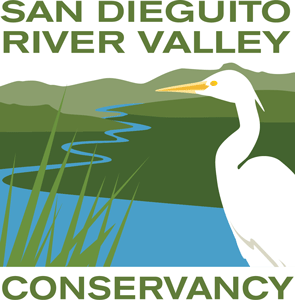Every Party Has a Pollinator!
Objective: Students will understand that pollinators are essential to fruit development and our food production. Students will apply concepts learned to imagine a world without pollination.
Activity:
Students will work individually to plan a party with and without pollinators by creating and comparing two shopping lists. Students will get together as a class to sort real food items based on whether they benefit from pollinators or do not.
Individual Worksheet:
- Pass out the Every Party Has a Pollinator! Worksheet to each student.
- Explain to them that they are going to plan two different parties, one with pollinators and one without. The foods listed on the sheet are foods that depend on or benefit from pollinators. The listed foods can only be used for the party with pollinators. For the party without pollinators, they must think of other foods to put on their shopping list. For younger students this list can also be written on the board.
- Give students 10-15 minutes to complete worksheet.
- Open a discussion for students to share what they put on their shopping lists. The worksheet and discussion should give students a good idea of what foods are dependent on pollinators.
- Move on to class activity.
Class Activity:
- Get out your bag or box of 20-25 food items that you brought from home.
- Sit your students in a circle on the floor or gather them around a table.
- Explain to your students that when you were at home you were thinking about everything pollinators do for humans. You wanted to try a little experiment and try to cook dinner with food that doesn’t require pollinators. You realized quickly that it wasn’t very easy. Tell your students that you wanted to play a little game where they guess which foods are created with the help of pollinators and which are not.
- Pull the food items out of your bag or box one at a time. Your students will respond by saying “pollinator” or “no pollinator.” Create two separate piles based on their hypotheses.
- Once all of the foods are in two piles, encourage the students to observe the differences in the two piles. Which pile has more food? Are there differences in the types of food in each pile? Is one more colorful? Is one more fresh?
- Ask your class what they think life would be like without pollinators? What would we eat? Would food be as tasty as it is now? Would we still be healthy?
- Explain that Pollinators are essential to our food production. Almost 80% of the world’s crop plants require pollination to produce crops (apples, blueberries, chocolate, coffee, melons, peaches, potatoes). We would not be able to grow most of our food without them.
- Ask students how climate change can affect pollinators and food production?





